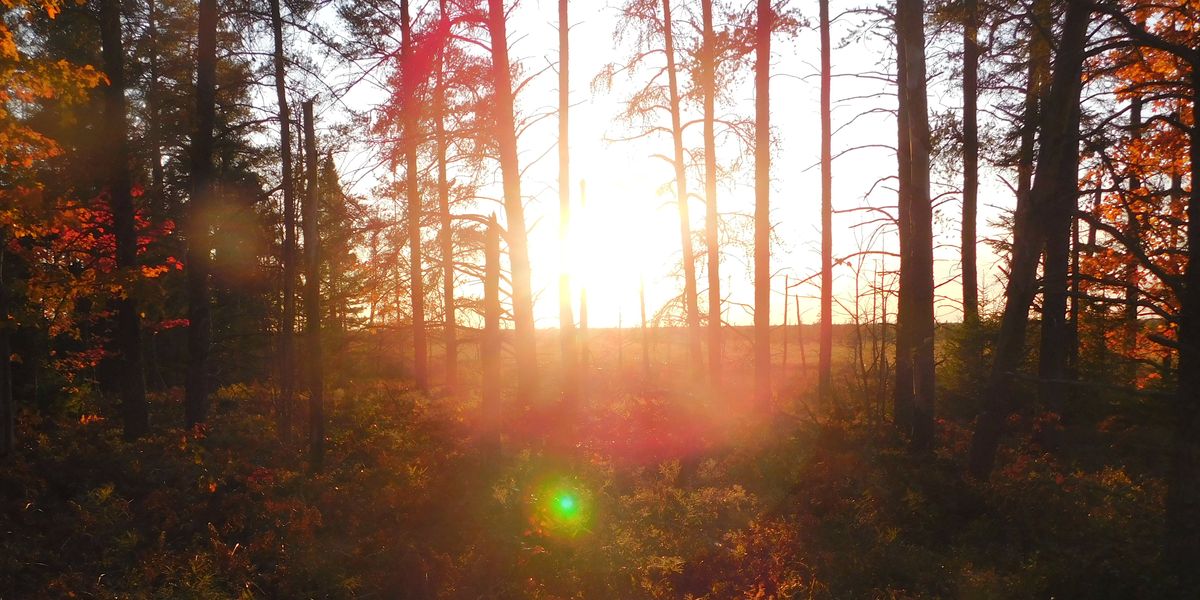
Greenland’s rare earth minerals could reshape global power and climate strategy
Modern life and the clean energy transition rely on rare earth minerals — many of which lie beneath Greenland’s thawing ice, drawing geopolitical attention and environmental concern.
Matt Simon reports for Grist and Wired.
In short:
- Greenland holds 18 percent of the world’s reserves of key rare earth elements, including neodymium and dysprosium, crucial for technologies from electric vehicles to military hardware.
- China dominates the rare earth market, prompting Western nations to seek alternative sources, with Greenland emerging as a strategic target despite its harsh climate and fragile environment.
- Mining operations in Greenland face logistical, labor, and environmental challenges, including risks to local communities, permafrost instability, and pollution from dust and black carbon.
Key quote:
"There's no sustainable mining in the world. The question is if we can do it a little bit better."
— Aqqaluk Lynge, former president of the Inuit Circumpolar Council, co-founder of Greenland’s Inuit Ataqatigiit political party
Why this matters:
Rare earth elements are central to everything from smartphones to wind turbines. Yet mining them often causes serious environmental damage. In Greenland, where warming has already melted vast portions of its ice sheet, the race to extract these minerals could intensify climate threats while introducing new risks to local communities and wildlife.
At the same time, the global dependence on China’s rare earth supply raises economic and security alarms. As countries pivot to cleaner energy, the demand for these metals will soar. Greenland's deposits could help meet that need, but at what cost to its fragile Arctic ecosystem and Indigenous population?
Read more: Why Greenland’s warming landscape is fueling geopolitical tensions














